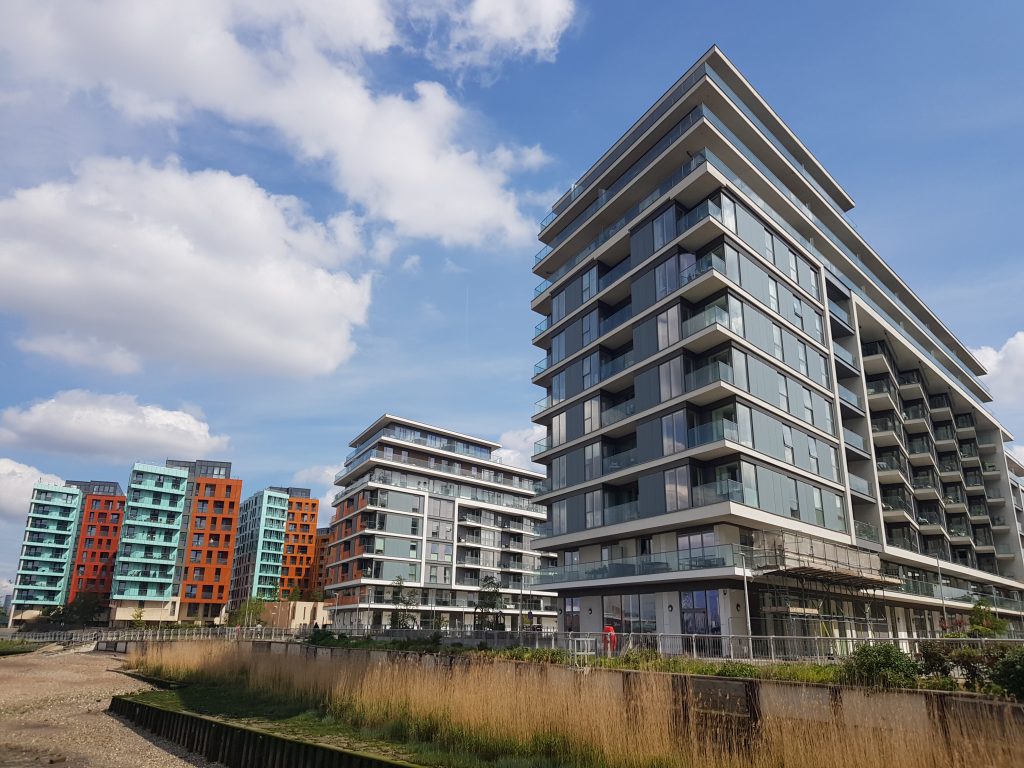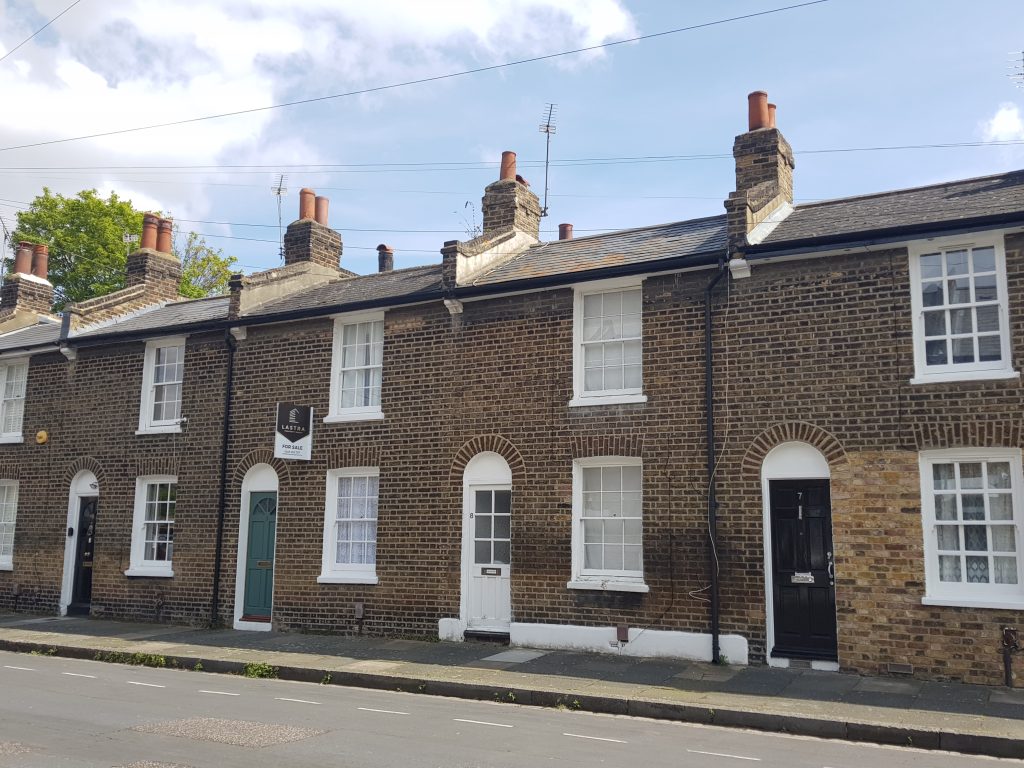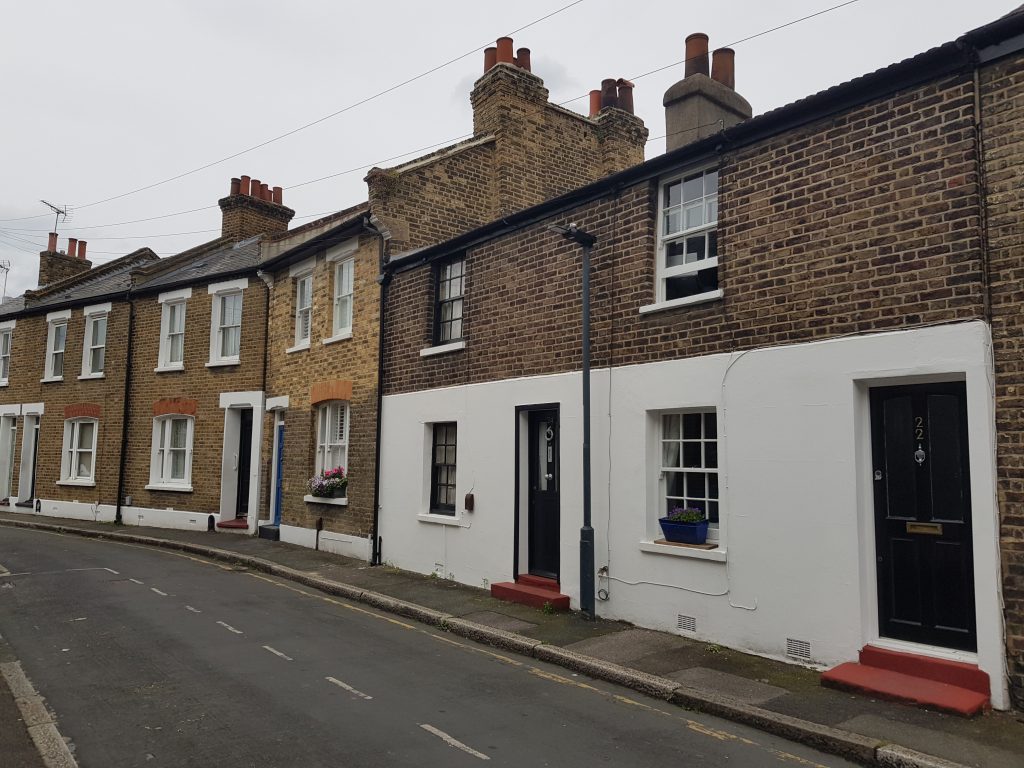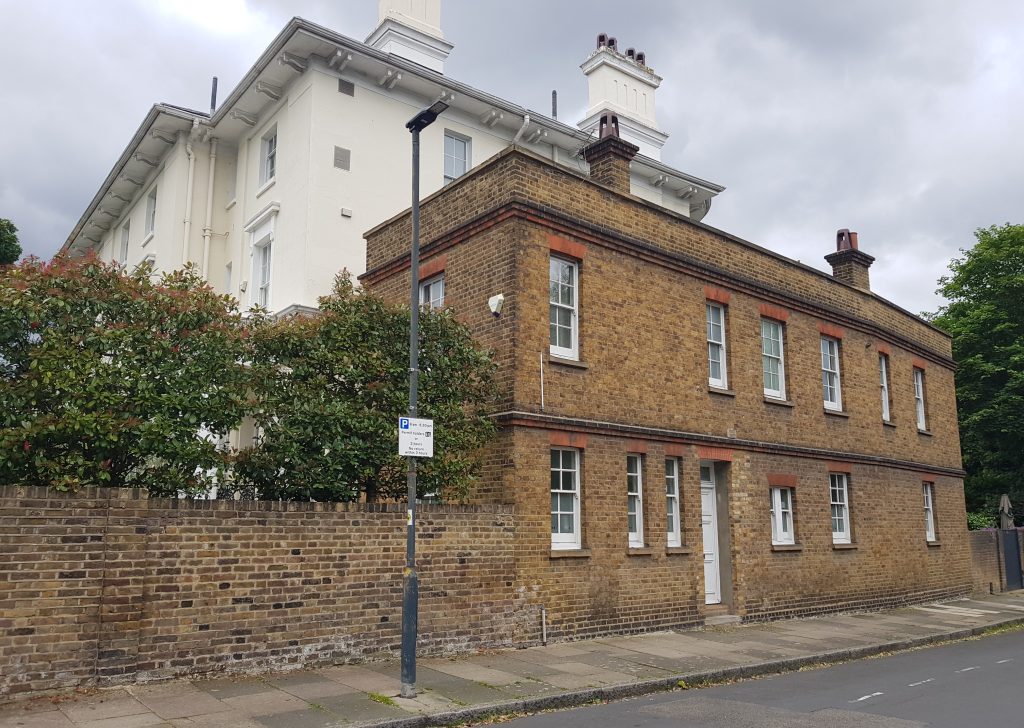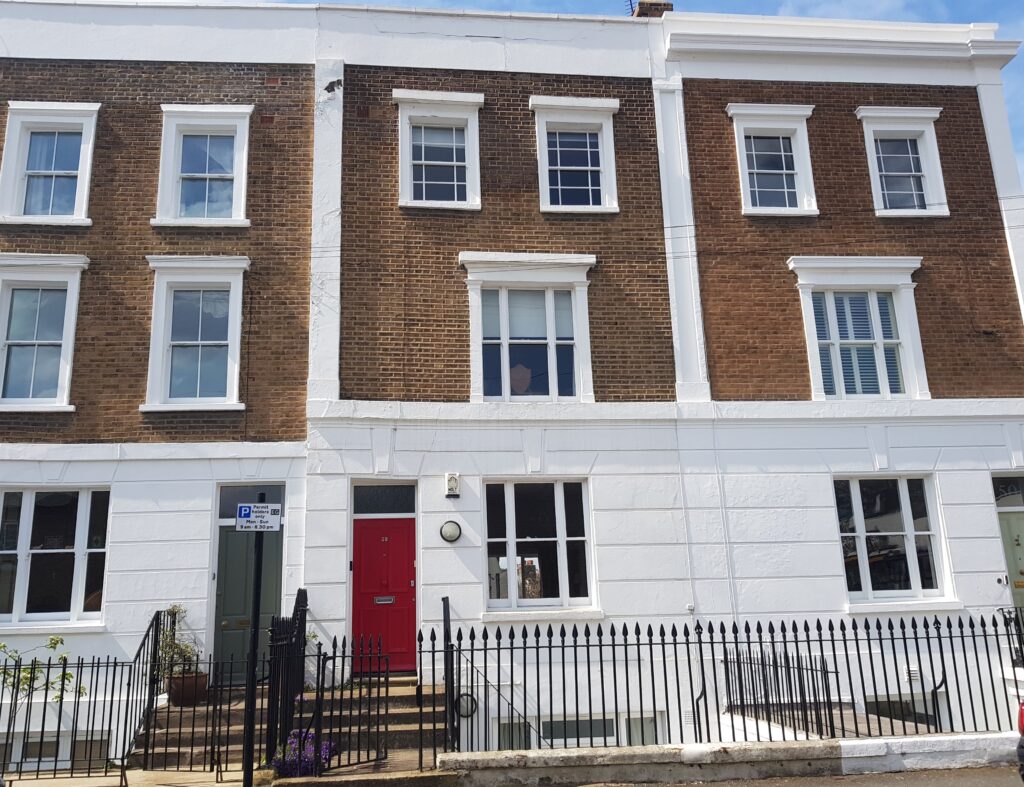How To Know Where To Buy An Investment Property
Investing in property is a time-tested strategy to build wealth, but it requires careful planning and research to ensure success. The UK property market, with its diverse regions and economic landscapes, offers various opportunities for investors. This guide will help you navigate the complexities of selecting the right location, sourcing properties and diversifying your strategy. Additionally, we’ll explore the benefits of partnering with a joint venture partner if you lack the time or expertise to invest independently.

How To Know Where To Buy An Investment Property: The UK Market
The UK property market is characterised by regional variations in house prices, rental yields and economic conditions. Therefore, understanding these differences is crucial before making an investment. Here are some key factors to consider:
- Economic Growth: Regions with robust economic growth often see higher property demand. Cities like London, Manchester and Birmingham are known for their strong economies and potential for property value appreciation.
- Employment Rates: Areas with high employment rates typically attract more tenants, ensuring steady rental income. Look for regions with diverse employment opportunities and growing job markets or areas that have good transport links to those employers.
- Infrastructure and Transport Links: Proximity to transportation hubs and infrastructure projects can significantly impact property values. Locations near new rail lines, motorways or airports often see increased demand.
- Education and Amenities: Properties near reputable schools, universities, hospitals and shopping centers tend to attract families and professionals, ensuring strong rental demand.

Once You Know Where To Buy An Investment Property, How Do You Find The Right Property?
Once you’ve identified potential regions, the next step is sourcing suitable investment properties. Here are some effective methods:
Online Property Portals: Websites like Rightmove, Zoopla, and OnTheMarket provide extensive listings of properties for sale and rent. These platforms allow you to filter searches based on location, price, property type and more.
Estate Agents: Local estate agents have in-depth knowledge of specific areas and can offer insights into the best properties for investment. Building relationships with agents can give you access to off-market deals and early notifications of new listings.
Property Auctions: Auctions can be a good source of below-market-value properties. Websites like Auction House and Allsop provide information on upcoming auctions and available properties. However, thorough due diligence is essential to avoid potential pitfalls of an auction purchase.
Networking: Joining property investment groups and attending industry events can help you connect with other investors, developers and professionals. These networks can provide valuable leads and investment opportunities.
Direct Mail Campaigns: Sending letters to property owners in your target area can yield off-market opportunities. This approach requires effort but can lead to profitable investments, particularly in competitive markets.
Property Platforms: Platforms like Property Filter or Nimbus Maps help users identify off-market properties, development opportunities and undervalued assets. They also provide users with in-depth property data and ownership details for both on and off market properties.
Evaluating An Investment Property Opportunity
When assessing potential investment properties, consider the following factors:
Rental Yield: Calculate the gross rental yield by dividing the annual rental income by the property’s purchase price. A yield of 5-8% is generally considered good in the UK.
Capital Growth Potential: Research historical price trends in the area and future projections. Areas undergoing regeneration or with planned infrastructure projects often offer strong capital growth prospects.
Condition and Maintenance: Assess the property’s condition and estimate any required repairs or refurbishments. Older properties might need more structural repairs such as electrical rewiring or ongoing maintenance, impacting your return on investment.
Tenant Demand: Consider your target tenant type or the type of tenants the property will attract and the demand in the area. Properties near universities may attract students or post graduates, while those in city centres or near business parks may appeal to professionals.
Regulations and Taxes: Stay informed about local regulations, planning permissions and property taxes. Changes in legislation can impact your investment returns.

Is 2024 A Good Time to Invest in UK Property?
Deciding when to invest in property requires a careful analysis of current market conditions, economic indicators and future projections. As of 2024, several factors suggest that now could be a favourable time to invest in UK property, although there are also challenges to consider.
- Mortgage Interest Rates: After years of low mortgage rates and high house price growth, mortgage costs increased quite rapidly. This caused average house prices to fall by 1.8 per cent over the course of 2023, according to Nationwide. Zoopla expects rates will stay around the 4-4.5% for residential homeowners for the rest of the year whilst Which? report that BTL mortgages are at the lowest levels they’ve been since September 2022.
- Property Price Stability and Growth: The UK property market has shown resilience and overall growth over the past few years, despite economic uncertainties like Brexit, COVID-19 pandemic and high mortgage interest rates. According to the latest data from Zoopla (July 2024), average house prices are predicted to rise by 1.5% by the end of 2024.
- High Rental Demand: Rental demand remains high, driven by factors such as affordability issues for first-time buyers and lifestyle preferences. Cities with universities, strong employment markets and robust infrastructure/transport links have seen very high demand post-pandemic. According to ONS data, average rents In England were up by 8.6% from a year earlier. The average London rent rose by 6.9% in the previous 12 months to January 2024. Rental demand is starting to level out in some areas with rents expecting to see an average 5% increase over 2024.
- Future Growth Areas: Major cities like London, Manchester and Birmingham are undergoing significant urban regeneration, creating new investment opportunities with long-term capital appreciation potential.
- Smart Cities and Transportation: Investments in technology and infrastructure, such as the development of smart cities and improvements in public transportation, are likely to enhance property values in well-connected areas. According to ProptechOS’ Smart City Index, “London ranks second in the world (behind Paris) for connectivity infrastructure, with nine 5G towers installed as of 2022 – more than any other city.”
- Eco-Friendly Housing: Growing emphasis on sustainability and eco-friendly housing can create new niches in the property market, attracting both investors and tenants interested in green living.
How to Diversify A Property Investment Strategy
Diversifying your investment strategy can help mitigate risks and enhance returns. Here are some strategies to consider:
Buy-to-Let: This involves purchasing a property to rent it out, typically to an individual or family. It provides regular rental income and potential capital growth. However, consider the responsibilities of being a landlord and potential void periods.
House in Multiple Occupation (HMO): HMOs involve renting out individual rooms to multiple tenants. This strategy can yield higher rental income but comes with increased management responsibilities and stricter regulations.
Co-Living: Co-Living is a higher-end style of HMO living where tenants typically enjoy a greater sense of community living such as through events, shared interests between tenants and additional communal live/work space. Larger Co-Living developments may even include a cinema room, bar or Cafe.
Buy-to-Sell (Flipping): Buying properties to renovate and sell for a profit can be lucrative but requires market knowledge and renovation expertise. It’s a short-term strategy focused on capital gains.
Commercial Property: Investing in commercial properties like offices, shops or industrial units can offer higher yields than residential properties. However, commercial investments often involve longer leases and different market dynamics.
Supported Housing: Buying properties that can be leased medium to long term to a housing provider, can provide higher yields and reduce the day-to-day management and operational costs of renting out a property. Supported housing providers will agree a lease and house their service users in the property, providing the care or support needed to their residents. Leases can typically be up to a 5 year term or beyond. This is a more specialist property model and considerations around mortgages and insurance need to be understood. Feel free to get in touch with us if you have any questions.
Real Estate Investment Trusts (REITs): REITs allow you to invest in property without owning physical assets. They provide a hands-off approach to property investment, with income generated from rental yields and property sales.

Key Metrics for Identifying Good Areas to Invest in Property Within London
London, as the UK’s capital and largest city, offers a dynamic property market with diverse investment opportunities. However, identifying the best areas to invest in can be challenging due to the city’s size and varying regional market characteristics. To make informed decisions, investors should focus on several key metrics:
1. House Price Growth
Historical Trends: Analyse past performance of house prices in different areas. Neighbourhoods with consistent price growth over the past five to ten years indicate stability and demand.
Future Projections: Consider areas with planned infrastructure projects or regeneration schemes, as these often lead to increased property values.
2. Rental Yield
Gross Rental Yield: Calculate this by dividing annual rental income by the property’s purchase price. A yield of 3-5% is considered reasonable in London, but higher yields can be found in emerging neighbourhoods or by choosing other property models such as HMO or Co-Living.
Net Rental Yield: After accounting for costs like maintenance, property management fees and taxes, this gives a more accurate picture of profitability.
3. Employment and Economic Activity
Employment Rates: High employment rates in an area usually mean more demand for rental properties. Proximity to business or economic areas such as the City of London and Canary Wharf in SE London often ensures high tenant demand.
Key Employers: Areas with a concentration of large employers, tech hubs, or business parks tend to have a steady influx of professionals seeking rental properties.
4. Transport Links
Proximity to Public Transport: Access to Tube stations, bus routes and rail services is crucial. Areas with good transport links attract more tenants and offer better capital growth prospects.
Future Developments: Consider areas with proposed or upcoming transport projects like HS2 or extensions of existing Tube lines, which can significantly boost property values in nearby areas.
5. Regeneration Projects
Urban Renewal Schemes: Areas undergoing regeneration often see an influx of new amenities, improved infrastructure and rising property values. Examples include Nine Elms and the Battersea Power Station redevelopment.
Council Investments: Local government plans for parks, schools and public services improvements can make an area more attractive for investment.
6. Demographics
Population Growth: Steady population growth indicates ongoing demand for housing. Areas attracting young professionals, families and students typically have robust rental markets.
Tenant Profile: Understanding the predominant tenant type in an area (e.g., students, young professionals, families) helps tailor your investment strategy and property selection.
7. Local Amenities
Schools and Universities: Proximity to good schools and universities increases demand from families and students.
Shopping and Entertainment: Access to shopping centers, restaurants, theaters and parks enhances an area’s appeal. Locations like Shoreditch and Clapham are known for their vibrant social scenes whilst SE London has multiple green spaces such as the Royal Park in Greenwich.
8. Crime Rates
Safety: Lower crime rates are a significant factor for tenants and buyers alike. Use local crime statistics to evaluate the safety of potential investment areas.
9. Affordability Index
Income to Property Price Ratio: Areas where property prices are in a healthy ratio to local incomes are often more sustainable investments. High affordability can indicate potential for future price growth.
10. Vacancy Rates
Occupancy Levels: Low vacancy rates suggest strong demand for rental properties. High occupancy levels indicate that properties are rented out quickly and consistently.
By focusing on these key metrics and staying informed about market trends and developments, investors can identify promising areas within London for property investment. This strategic approach helps mitigate risks and maximise returns in one of the world’s most stable property markets.

Working with a Joint Venture Partner To Invest In Property
If you lack the time, expertise or capital to invest in property independently, partnering with a joint venture (JV) partner can be a viable solution to creating a hands-free income. Here’s how to go about it:
- Identify Potential Partners: Look for partners with complementary skills and resources. This could be other investors, developers or property management/investment companies. Networking events, industry forums and online platforms can help you find suitable partners.
- Define Roles and Responsibilities: Clearly outline each partner’s roles, responsibilities and contributions. This includes financial investment, property management and decision-making processes. A detailed partnership agreement is essential to avoid conflicts.
- Establish Investment Criteria: Agree on the investment criteria, including target locations, property types, budget, timeframes and return expectations. This ensures both parties are aligned and working towards the same goals.
- Conduct Due Diligence: Thoroughly vet potential partners, including their track record, financial stability and reputation. Conduct background checks and seek references to ensure credibility.
- Legal and Financial Structuring: Engage legal and financial advisors to structure the JV agreement and investment vehicle. This includes ownership structures, profit-sharing arrangements, exit strategies and dispute resolution mechanisms.
- Regular Communication: Maintain open and regular communication with your JV partner. Schedule regular meetings to review progress, address challenges and make informed decisions.
For more information on Joint Ventures, you can also read our Blog post; How Does a Joint Venture in Property Investment Work?
Investing in property within the UK can be a rewarding venture if approached with careful planning and research. Understanding the market, sourcing suitable properties and evaluating investment opportunities are crucial steps. Diversifying your strategy can help mitigate risks and enhance returns. If you lack the time or expertise, partnering with a joint venture partner can provide a viable solution, combining resources and skills to achieve mutual success.
By following these guidelines and leveraging available resources, you can make informed decisions and build a successful property investment portfolio in the UK. Property investment is a long-term commitment, so patience and diligence are key to achieving your financial goals.
At Amplus Properties Limited we provide client focused and inspiring housing within the supported housing and Co-Living sector to help address the shortage of suitable accommodation that’s available.
We work with busy professionals and business owners who would like to achieve hands-free returns on their capital. We typically work with investors who share our aim of wanting to make quality housing available to all and who would like to share in the profits we create through design-led property investments.
By investing in property opportunities in the South East of London and Kent areas, we help our investors to grow their capital and achieve their own financial goals quicker.
Please get in touch – we’d love to hear from you.


